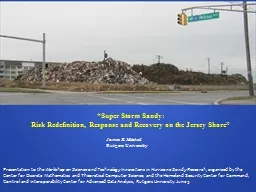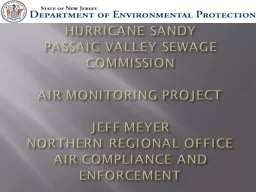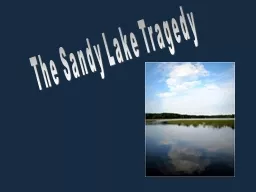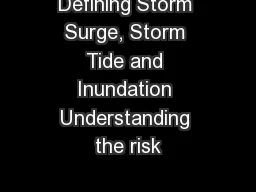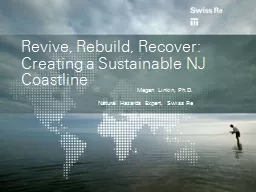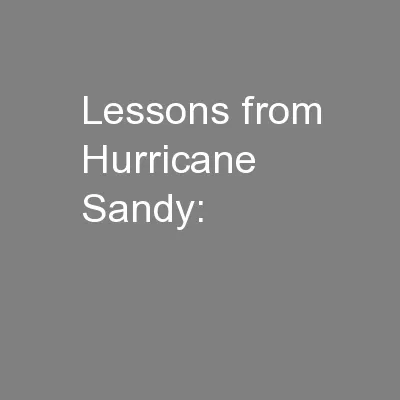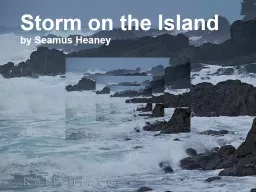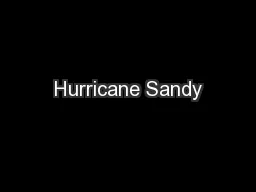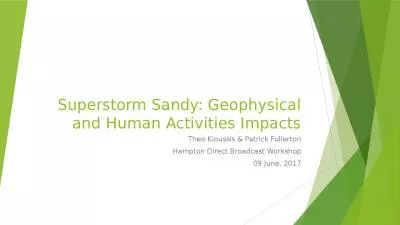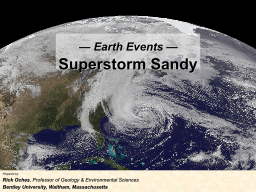PPT-“Super Storm Sandy:
Author : lindy-dunigan | Published Date : 2016-12-15
Risk Redefinition Response and Recovery on the Jersey Shore James K Mitchell Rutgers University Presentation to the Workshop on Science and Technology Innovations
Presentation Embed Code
Download Presentation
Download Presentation The PPT/PDF document "“Super Storm Sandy:" is the property of its rightful owner. Permission is granted to download and print the materials on this website for personal, non-commercial use only, and to display it on your personal computer provided you do not modify the materials and that you retain all copyright notices contained in the materials. By downloading content from our website, you accept the terms of this agreement.
“Super Storm Sandy:: Transcript
Download Rules Of Document
"“Super Storm Sandy:"The content belongs to its owner. You may download and print it for personal use, without modification, and keep all copyright notices. By downloading, you agree to these terms.
Related Documents

